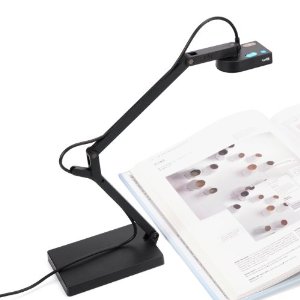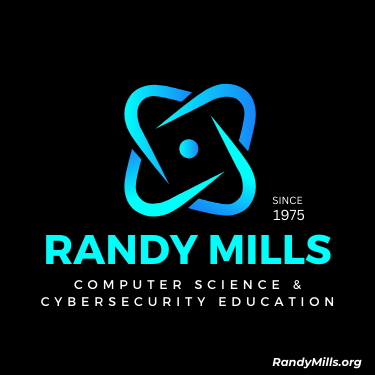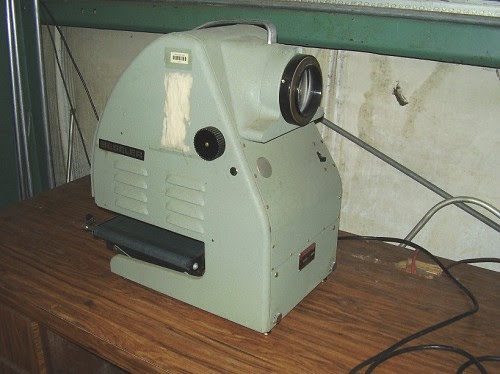Mr. Price Owen, who was my History teacher, loved his opaque projector at Lakewood High School in the 1970s. I enjoyed it when he would put something on there and we would all squint and try to read the information from a book or document. My most vivid memory was that his room was chilly and we all wanted to sit next to the projector for warmth. It wasn’t until I was in my 30’s that I realized that the stories he told and the documents he showed us were from his own life and time in the military. I also remember doing a county map of every county in Colorado using a single page from a document and making it into a poster. These are the memories that students carry with them into the world beyond school.
 The new age of opaque projectors is a document camera and a projector. This combination is found in schools all over the country. How does this provide an opportunity for teachers to advance learning to new levels? I find an interesting twist to this because I believe the answer goes right back to Mr. Owen. He would bring things of his from World War II and showed us documents and books that were a direct connection to the History he was teaching us every day in class. It is one thing to read about these little pamphlets they gave soldiers to prepare them for foreign countries but it something completely different to see a real one. I ended up buying a replica of the pamphlet in Berlin a few years ago as a reminder. Students often ask for connections to the real world during our teaching and this is the opportunity to bring it to them. The new modern ones can now do everything from creating a podcast to just take a picture to show books and documents to a whole class. In many classes, teachers are using them to do demonstrations from Art to Math and Engineering.
The new age of opaque projectors is a document camera and a projector. This combination is found in schools all over the country. How does this provide an opportunity for teachers to advance learning to new levels? I find an interesting twist to this because I believe the answer goes right back to Mr. Owen. He would bring things of his from World War II and showed us documents and books that were a direct connection to the History he was teaching us every day in class. It is one thing to read about these little pamphlets they gave soldiers to prepare them for foreign countries but it something completely different to see a real one. I ended up buying a replica of the pamphlet in Berlin a few years ago as a reminder. Students often ask for connections to the real world during our teaching and this is the opportunity to bring it to them. The new modern ones can now do everything from creating a podcast to just take a picture to show books and documents to a whole class. In many classes, teachers are using them to do demonstrations from Art to Math and Engineering.
An opaque projector found in the November issue of Popular Mechanics in 1975 was $159. In 2016 dollars it would be $705 to buy one. I have seen teachers buy a document camera like the one shown and a small LED projector for under $200 and making strong connections with students. This may very well have been one of the best investments a teacher can make. It is engaging to have visuals and never underestimate the impact of visuals on a student. As I work with young teachers I go back to Mr. Owen in 1976 and I find the modern and new way to teach. It brings up a great phrase the “What was old is New.” It reminds me of what I heard during my time in Mr. Owen’s class, “Mr. Mills, I am trying to show you something important.” He will never know how true that statement was.

